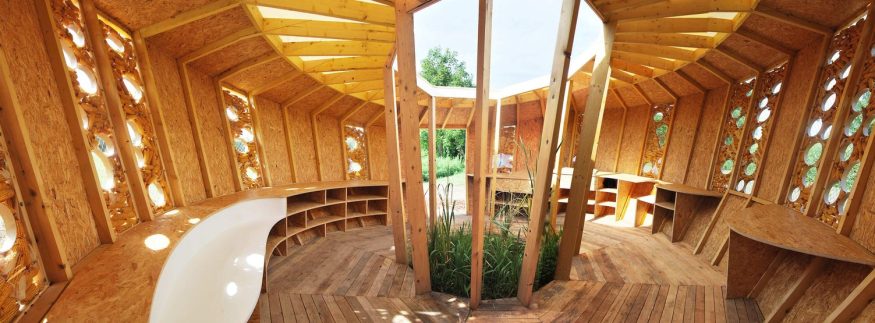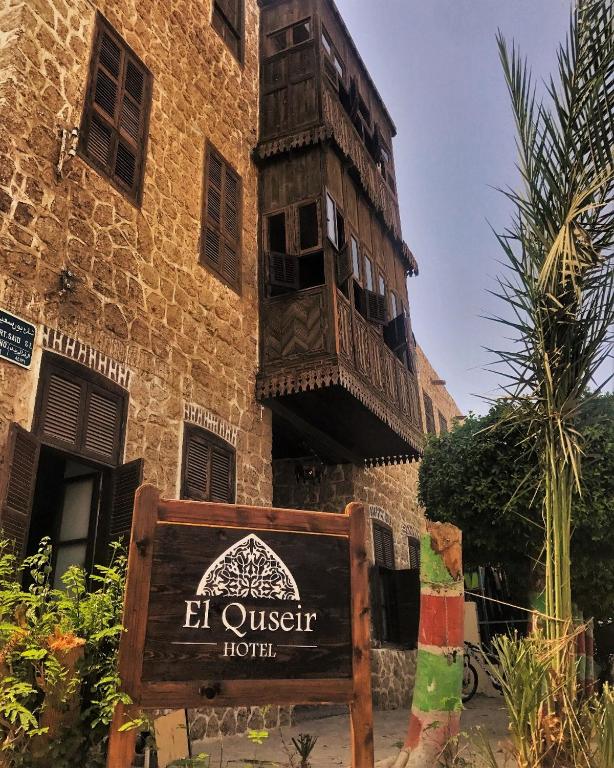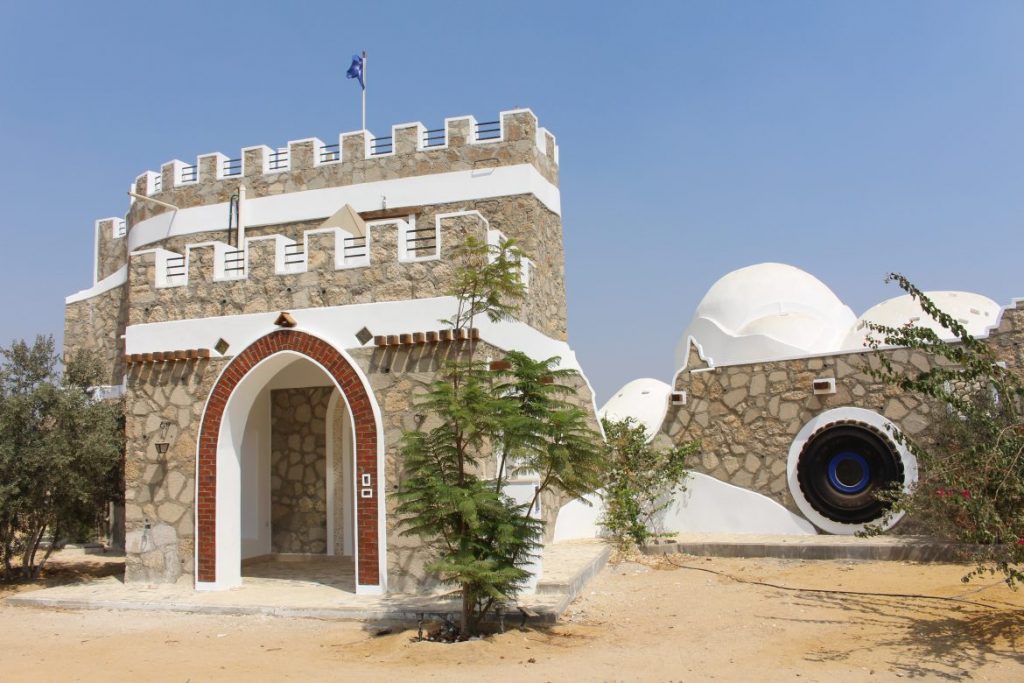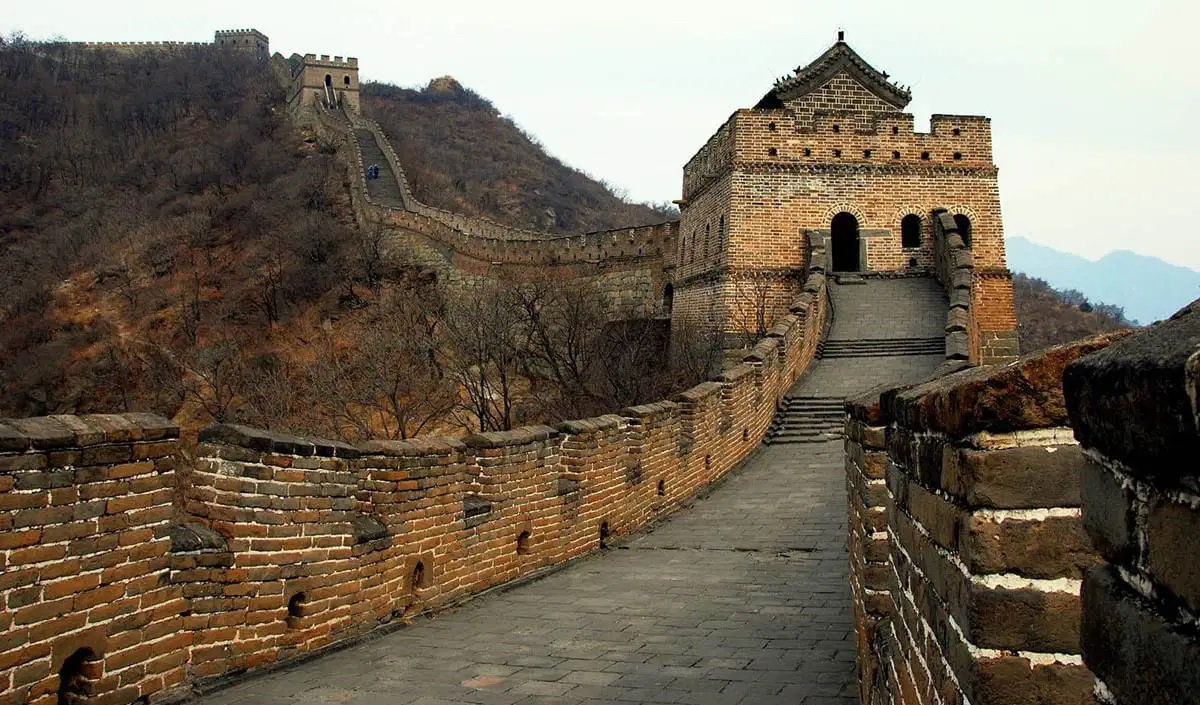Unconventional Architecture: Buildings Crafted from Unusual Materials in Egypt and Beyond
Around the world egypt Sustainable Buildings
Safy Allam
Image via archdaily
In the world of architecture, innovation knows no bounds, especially when it comes to the materials used to craft remarkable structures. From recycled plastic to salt bricks, corn and even discarded tyres, these unconventional materials not only push the boundaries of design but also introduce sustainable, eco-friendly solutions to modern construction. Creating safe, durable buildings out of seemingly ordinary or even discarded materials was once unimaginable, but now it has become a reality, showcasing the brilliance of human artistry.
Across Egypt and the globe, these extraordinary structures are not just feats of engineering but breathtaking examples of how creativity can transform how we think about building the future.
Corals – El Quseir Hotel, Egypt

Image via booking
El Quseir Hotel, nestled in the heart of the Red Sea city of Quseir, Egypt, stands as a unique and sustainable architectural marvel. What sets this charming boutique hotel apart is its construction using coral, a material that has been traditionally used in many of the city’s buildings. Blending corals with mud and wood, the hotel beautifully reflects Mamluk and Ottoman architecture. Using coral adds a distinctive and unusual aesthetic and promotes sustainability, as it is a natural, locally sourced material.
Recycled Materials – Taimur El Hadidi’s House, Egypt

Image via nawy
Taimur El Hadidi, an Egyptian with a strong eco-friendly vision, has created a remarkable sustainable home in Sheikh Zayed, Egypt, using salvaged and recycled materials. Old plastic bottles filled with sand serve as bricks, while broken concrete blocks from demolition sites replace traditional limestone for the interior walls. Large bulldozer tyres have been cleverly repurposed into window frames and planters, and reclaimed wood is used for the interior décor. Designed to align with the natural terrain and wind flow, the house promotes recycling and maximises energy efficiency, making it an inspiring model of sustainable architecture.
Sticky Rice – Great Wall of China

Image via thecollector
In China, sticky rice plays a unique role beyond being a dietary staple—it’s a robust building material. Blended with a thick mortar paste, sticky rice has been used for centuries as a natural concrete and joiner in structures like the Great Wall of China, city walls, and temples. Known for its remarkable strength, sticky rice mortar has helped many ancient buildings survive earthquakes and other natural disasters, and it remains a go-to material for restoring historic structures. Its durability and resilience make it a sustainable choice in modern construction and restoration efforts.
Corn – Tourner autour de Ried, France

Image via archdaily
In a push for eco-friendly innovation, architects in France have built the Tourner autour de Ried, a circular house made entirely from corn. This design allows sunlight to filter through the structure throughout the day, showcasing both aesthetic and functional sustainability. While corn cobs have been used as insulation in America since the 1700s, this modern approach to using corn highlights its potential as a renewable building material. The project aims to inspire renewed interest in corn for sustainable construction.
Salt – The Palacio de Sal Resort, Bolivia

Image via uniqhotels
Located at the edge of the vast Salar de Uyuni Plain in Bolivia, the Palacio de Sal Resort is a true architectural marvel made entirely from salt. Over one million 14-inch blocks of compressed salt grains were used to construct this stunning hotel, including its 16 rooms, where even the walls, tables, and beds are crafted from salt. Safe, fire-resistant, and visually captivating, salt is an increasingly popular building material in desert communities and has found its place in constructing unique spas and resorts.
recommended
 Arts & Culture
Arts & Culture
Art Cairo Returns to the Grand Egyptian Museum This January
Arab Art Art Cairo +8 City Life
City Life



